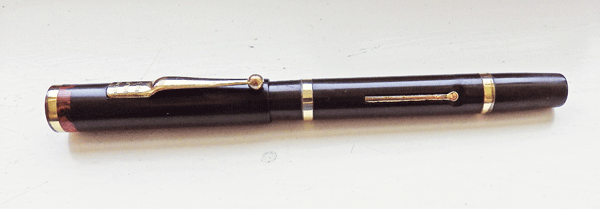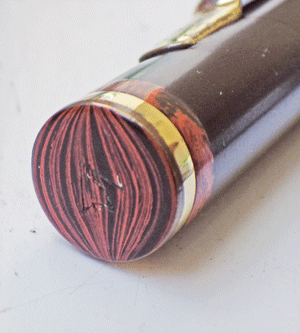Or Reeling and Writhing, as Lewis Carroll said. I have often wondered how reading and writing relate to each other. Digging deep to when I was a four-year-old doesn’t really help. I remember what was done but not how it was done.
My mother taught me to read before I went to school. There was none of the slow method that came later in school, of studying the alphabet then moving on to schoolbooks with words of a single syllable. So far as I remember the process of learning to read, it was word recognition with a growing vocabulary. I didn’t learn to write at that point. That happened in school.
Looking back on it now it seems a convoluted process. We spent hours reproducing letters, but in something resembling their printed form rather than the cursive we later learned. I believe it was more difficult than learning to read. Once we had mastered drawing the twenty-six letters we abandoned that form and learned cursive instead. I don’t remember how easy or difficult that adjustment was. For the first two, maybe three years we practiced writing, first by pencil, later by dip pen. There was much emphasis on legibility and neatness.
As adults (perhaps I should say older adults) we deal with two written forms – almost two written languages. I know that’s excessive but I think the difference between the typefaces we read and the cursive we write is so great. We think nothing of it because our younger, more elastic brains learned to deal with it. Many children and younger adults cannot read cursive because they never learned it themselves. It seems almost a code that must be taught or it remains illegible.
It’s likely that this phenomenon of two scripts applies to other alphabets and means of written communication. Is there a cursive Arabic or Chinese script? Of the two, I think learning writing must be harder than reading. Of course many people never truly master either. In my experience quite a large number of people are never truly relaxed with either a book or a pen in the hand.
I have been assured that my handwriting is legible and acceptable but I don’t think anyone has ever suggested that it is beautiful. This is, I think, because I’m poor at an analogous skill: drawing. I can’t draw a cat and I can’t accurately draw copperplate letters either. Is this down to poor observation or poor manual dexterity? I don’t know and it’s a bit late to learn all over again even if I wished to. I don’t.









